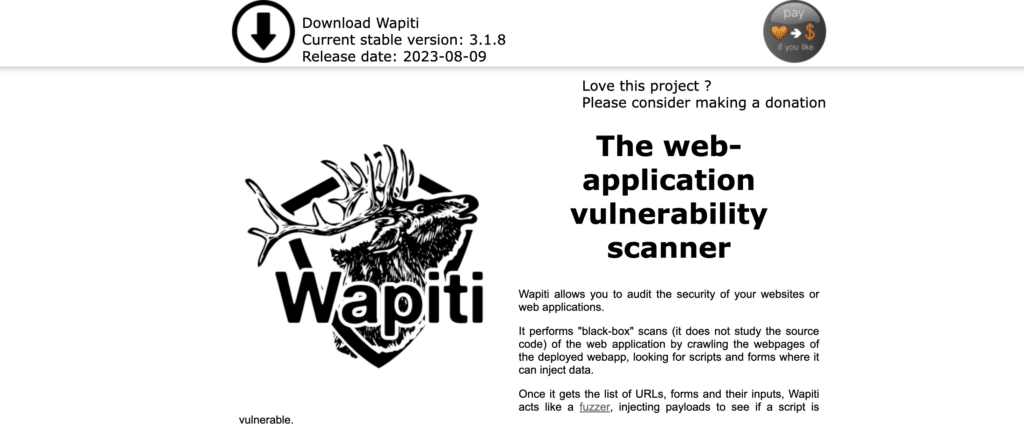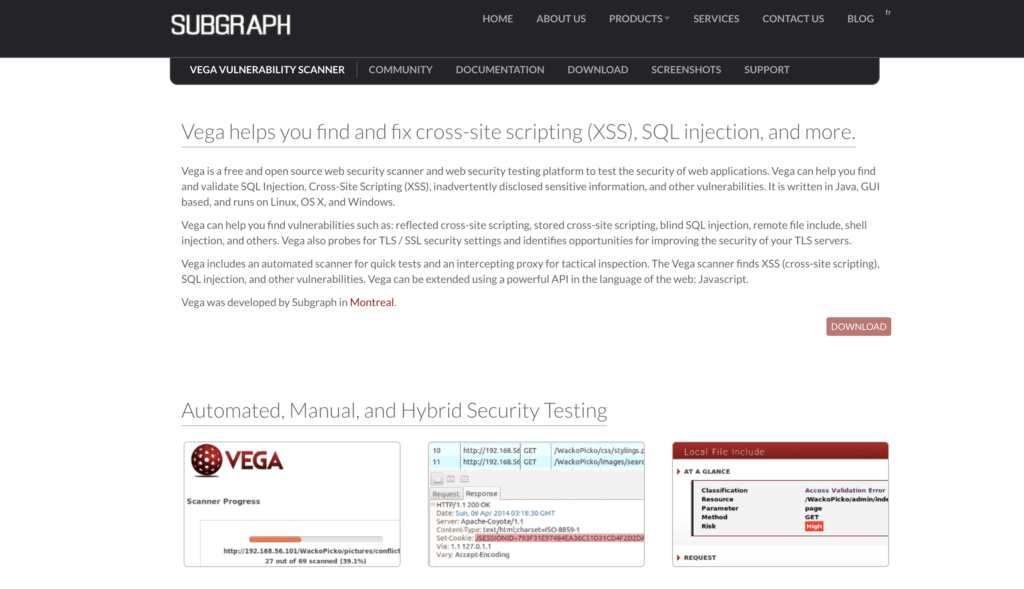
Top 5 free web security scanners of 2024
In today’s digital landscape, businesses and personal interactions heavily rely on web applications. Ensuring the security of these applications has never been more critical due to the surge in cyber threats. Web security scanners are essential tools that help identify vulnerabilities in web applications, allowing developers and security professionals to fix issues before malicious actors can exploit them. In this guide, I’ll share my personal experiences with some of the best free web security scanners available in 2024, ensuring it’s informative, trustworthy, and easy to understand.
Table of Contents
What is a Web Security Scanner?
A web security scanner is a tool designed to probe web applications for vulnerabilities. These tools simulate attacks on your web application to identify security weaknesses that could be exploited by hackers. Typical vulnerabilities detected by these scanners include SQL injection, cross-site scripting (XSS), insecure server configurations, and more. By identifying these vulnerabilities early, organizations can take proactive measures to mitigate potential security risks.
Why Use a Web Security Scanner?
- Proactive Security: Detect and fix vulnerabilities before they can be exploited.
- Compliance: Ensure your web applications meet industry standards and regulations.
- Cost-Effective: Free tools allow small businesses and individual developers to secure their applications without heavy financial investment.
- Continuous Monitoring: Regular scans help maintain security over time, adapting to new threats as they emerge.
Top 5 Free Web Security Scanners in 2024
1. OWASP ZAP (Zed Attack Proxy):
OWASP ZAP is one of the most popular and powerful open-source web security scanners. It is maintained by the Open Web Application Security Project (OWASP)and provides a comprehensive suite of tools for finding security vulnerabilities in web applications.
Key Features:
- Automated and manual testing capabilities.
- Support for a wide range of vulnerability types.
- User-friendly interface with extensive documentation.
- Integration with CI/CD pipelines.Community support and regular updates.

My Experience: I’ve found OWASP ZAP to be incredibly versatile. Its automated scans catch a wide array of vulnerabilities, and the manual testing capabilities allow for more in-depth analysis. The user interface is straightforward, making it easy even for beginners to get started.
2. Nikto
Nikto is a classic open-source web server scanner that performs comprehensive tests against web servers for multiple vulnerabilities, including outdated server software, insecure files, and misconfigurations.
Key Features:
- Scans for over 6700 potentially dangerous files and programs.
- Detects outdated versions of over 1250 servers.
- Identifies version-specific problems on over 270 servers.
- Open-source and regularly updated.

My Experience: Nikto is my go-to for quick scans. It’s lightweight and straightforward to use, making it perfect for identifying common server-side vulnerabilities without much hassle.
3. Arachni
Arachni is a high-performance, modular, and open-source web application security scanner. It is designed to detect a wide range of security issues and provides a framework for developing custom security checks.
Key Features:
- Multi-threaded and high-performance scanning.
- Modular architecture for extending functionality.
- Support for various report formats (HTML, XML, JSON, etc.).
- Distributed deployment for large-scale scanning.
My Experience: Arachni has been a game-changer for more extensive projects. Its high-performance and modular nature make it ideal for large-scale scans. The ability to create custom modules is a huge plus.
4. Wapiti
Wapiti is a command-line tool that audits the security of web applications by performing “black-box” scans, i.e., it does not require access to the source code.
Key Features:
- It supports a wide range of vulnerability checks.
- It can generate reports in various formats (HTML, XML, JSON, etc.).
- Lightweight and easy to use.
- Regularly updated with new vulnerability checks.

My Experience: Wapiti is excellent for those who prefer command-line tools. It’s efficient and does a thorough job of scanning for a variety of vulnerabilities. Its simplicity and effectiveness make it a staple in my security toolkit.
5. Vega
Vega is an open-source web security scanner and testing platform. It is written in Java and provides a GUI-based interface, making it accessible to users who prefer graphical tools.
Key Features:
- Automated scanner and proxy for manual testing.
- Extensible with a powerful API for custom modules.
- Cross-platform and easy to set up.
- Comprehensive documentation and community support.

My Experience: Vega’s GUI makes it very user-friendly. It’s perfect for those who are not as comfortable with command-line interfaces. The automated scanning and proxy features are very effective, and the documentation is thorough, making it easy to get started.
Conclusion
Web security scanners are indispensable tools in the arsenal of any organization serious about securing their web applications. As cyber threats continue to evolve, utilizing these tools can help safeguard sensitive data and maintain the integrity of your web services. The top five free web security scanners highlighted in this guide—OWASP ZAP, Nikto, Arachni, Wapiti, and Vega—offer a range of features to suit different needs and skill levels. By incorporating these tools into your security strategy, you can stay one step ahead of potential threats in 2024 and beyond.
Remember, while these tools are powerful, they are not a substitute for a comprehensive security strategy. Regular updates, secure coding practices, and continuous monitoring are crucial components of a robust web security framework. Stay vigilant, stay informed, and keep your web applications secure!
You may also like:
